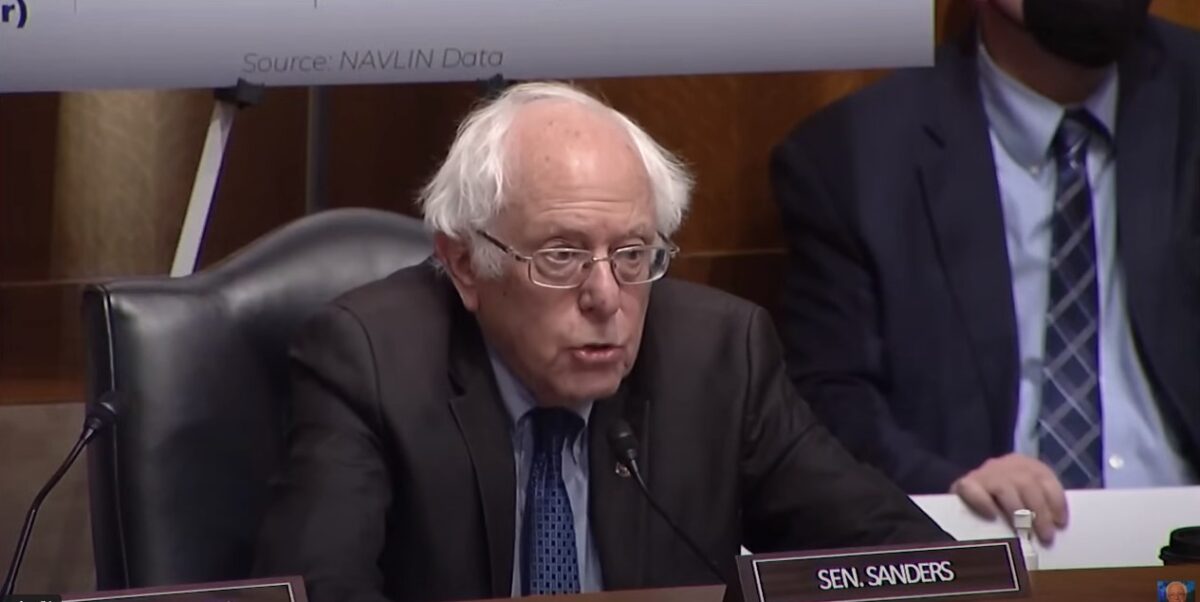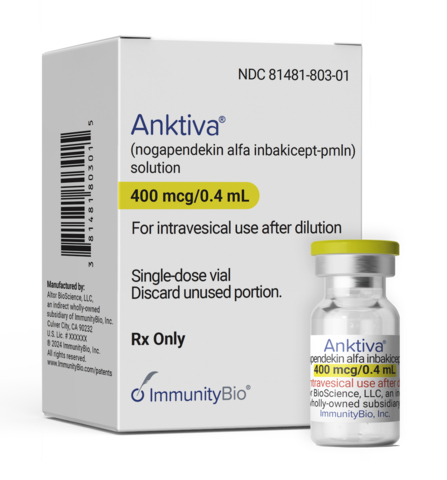Eli Lilly is now fully armed on the GLP-1 front as it’s finally received US Food and Drug Administration (FDA) approval for Zepbound (tirzepatide), its obesity version of Mounjaro.
The FDA approved Zepbound for chronic weight management in adults with obesity. Zepbound is indicated for adults with a BMI of 30 or higher and those with a BMI of 27 or more with metabolic conditions such as type 2 diabetes, hypertension, cardiovascular disease or sleep apnea.
Tirzepatide, a dual GLP-1/GIP agonist, was first approved for the treatment of type 2 diabetes as Mounjaro.
Zepbound is Lilly’s answer to Novo’s blockbuster GLP-1 obesity drug Wegovy.
Both Ozempic and Mounjaro continue to enjoy stellar success as diabetes drugs and via off-label use for weight loss; the latter took off stupendously owing to endorsements (especially for Ozempic) on social media by celebrities and influencers.
According to analytics firm Trilliant Health, in the last quarter of 2022, healthcare providers in the US wrote more than 9 million prescriptions for Ozempic, Wegovy and other diabetes and obesity drugs. By the end of 2022, Ozempic accounted for more than 65 percent of total prescriptions.
Since its approval in May 2022, Mounjaro sales have hit $1.4 billion in just one year and a quarter. Meanwhile, Ozempic amassed $3.4 billion in the third quarter of this year and Wegovy brought in $1.4 billion for Novo. In the first half of 2023, sales of Ozempic and Wegovy rose by 58 percent and 363 percent, respectively. Ozempic was approved in 2017 and Wegovy in 2021.
XTALKS WEBINAR: The Evolution of the Cardiovascular Clinical Development Landscape and Potential Role of GLP-1 RAs
Live and On-Demand: Wednesday, December 6, 2023, at 11am EST (4pm GMT/UK)
Register for this free webinar to learn about successful study outcomes in developing GLP1s to new therapeutic areas within cardiovascular medicine and more.
It is estimated that approximately 70 percent of adults in the US have obesity or overweight and many of those overweight have a weight-related condition. The FDA says losing five to ten percent of body weight through diet and exercise has been associated with a reduced risk of cardiovascular disease in adults with obesity or overweight.
“Obesity and overweight are serious conditions that can be associated with some of the leading causes of death such as heart disease, stroke and diabetes,” said John Sharretts, MD, director of the Division of Diabetes, Lipid Disorders and Obesity in the FDA’s Center for Drug Evaluation and Research in an FDA press release announcing Zepbound’s approval. “In light of increasing rates of both obesity and overweight in the United States, today’s approval addresses an unmet medical need.”
Zepbound contains mimetics of the GLP-1 and GIP hormones that regulate appetite and blood sugar. It is injected under the skin once a week, and the dosage is increased over four to 20 weeks to achieve the target dosages of 5 mg, 10 mg or 15 mg once weekly. The maximum dosage of Zepbound is 15 mg once weekly.
Zepbound’s approval was based on data from two Phase III trials with 2,519 patients who had obesity or overweight with at least one weight-related condition. The participants had an average weight of 231 pounds and were randomized to Zepbound or placebo. The effectiveness of Zepbound for chronic weight management (weight reduction and maintenance) was evaluated in combination with a reduced-calorie diet and increased physical activity.
After 72 weeks, patients who received Zepbound at all three dose levels experienced a significant reduction in body weight compared to those who received placebo. Additionally, greater proportions of patients who received Zepbound achieved at least five percent weight reduction compared to placebo. The highest dose of 15 mg resulted in patients losing an average of 48 pounds at 72 weeks and the lowest 5 mg dose led patients to shed an average of 34 pounds. Patients on placebo in combination with diet modifications and exercise lost an average of seven pounds.
The larger of the two trials enrolled adults without diabetes. In the trial, patients that received the highest, once-weekly 15 mg dose of Zepbound lost on average 18 percent of their body weight compared to those that received placebo. In adults with type 2 diabetes, Zepbound led to a 12 percent reduction in body weight compared to placebo.
Patients who received tirzepatide also experienced reductions in cholesterol levels and blood pressure.
Related: Compounded Versions of Mounjaro Being Sold at Pharmacies and Spas Prompt Lawsuits
Zepbound will be available at a list price of $1,059.87 per month, which in a media call, Lilly CEO David Ricks said is expected to be “approximately 20 percent lower than the list price of our lowest competitor.”
Ricks also said Lilly will offer two programs to help patients with the cost. One of the programs will reduce Zepbound’s price by as much as 50 percent for those waiting for coverage.
According to Lilly, while about 100 million Americans have obesity, less than half of them have access to obesity drugs, which “just isn’t good enough,” said Mike Mason, Eli Lilly’s president of Diabetes and Obesity, in the press briefing. “That’s why we priced it the way we are and we’ll work closely with PBMs [pharmacy benefit managers] and payers to improve that,” he said.
Both Novo and Lilly have been struggling on the manufacturing end amid growing demand for their GLP-1 agonists. Novo placed limits on Wegovy supplies and restrictions on starter doses to ensure availability of doses for existing patients.
The companies continue to roll out manufacturing expansion plans to help ramp up production. Lilly put more than $2 billion into its Indiana and North Carolina manufacturing plants, which the company says will double its production capacity compared to a year ago.
Novo is also boosting its manufacturing capacities but Novo CEO Lars Fruergaard Jørgensen said he expects the unexpected demand for the drugs to continue to outpace supply. The company is pouring $4 billion a year to expand its manufacturing capacity and running its plants 24/7, according to Jørgensen. Ozempic and Wegovy have made Novo into a $400 billion company in just a couple of years.
The staggering billion-dollar figures reflect a growing obesity drug market that is projected to reach $100 billion by 2030, according to Goldman Sachs Research. The investment firm says Novo and Lilly could control 80 percent of that market.












Join or login to leave a comment
JOIN LOGIN